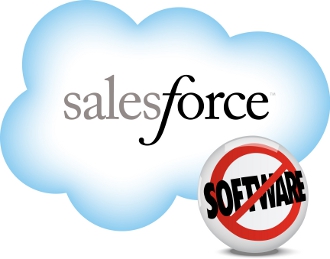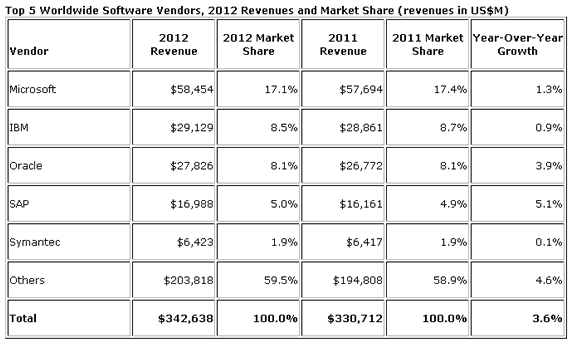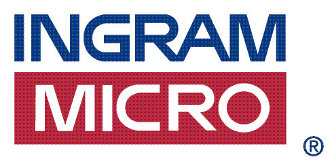 Disties have cautiously welcomed plans for big retailers to allow SMEs into their supply chains.
Disties have cautiously welcomed plans for big retailers to allow SMEs into their supply chains.
The plans, which are being spear-headed by Business In The Community (BITC), wants companies across the UK to commit to making their contracting processes and procedures more amenable to smaller companies.
According to the charity, 99 percent of businesses are SMEs. It said that since 2008, nine out of ten unemployed people who have found work in the private sector have been employed by SMEs, pointing out that in the current economic climate, successful partnerships between large and small businesses have never been more important.
BITC now wants signatories to the ‘access pledge’ promise to make their business, fair and simple, transparent, on a level playing field, and open, for all suppliers.
It already has committed Goldman Sachs to making its contracts more accessible by reducing the costs to SMEs of bidding by paying for the majority of vendor screening activity itself.
Asda, which is focusing on boosting the ethnic diversity of its supply chain, and Santander, which has made all non-disclosure agreements valid for 12 months for any deal they bid for, are among the other companies cited by BITC.
Disties have welcomed the moves but have also been sceptical.
“It’s a good idea and it’s pleasing to see that big companies are taking part of these initiatives,” one told ChannelEye.
“However, whether it’ll actually be taken up properly and after the press has died down, remains to be seen. Somehow I don’t think we’ll see much publicity,” he added.
Another shared a similar outlook.
“Making transparency in the supply chain can only be a good thing. However, big brands are all over this trying to show they are making a difference.
“The problem here is that smaller businesses trying to make a change could be swamped and therefore competition is already stifled,” he added.




















